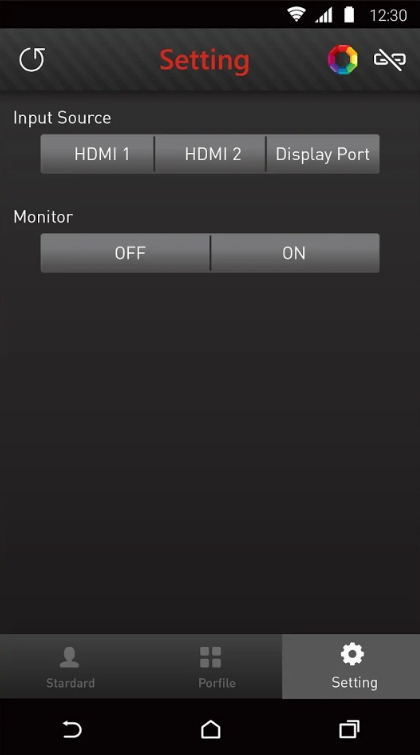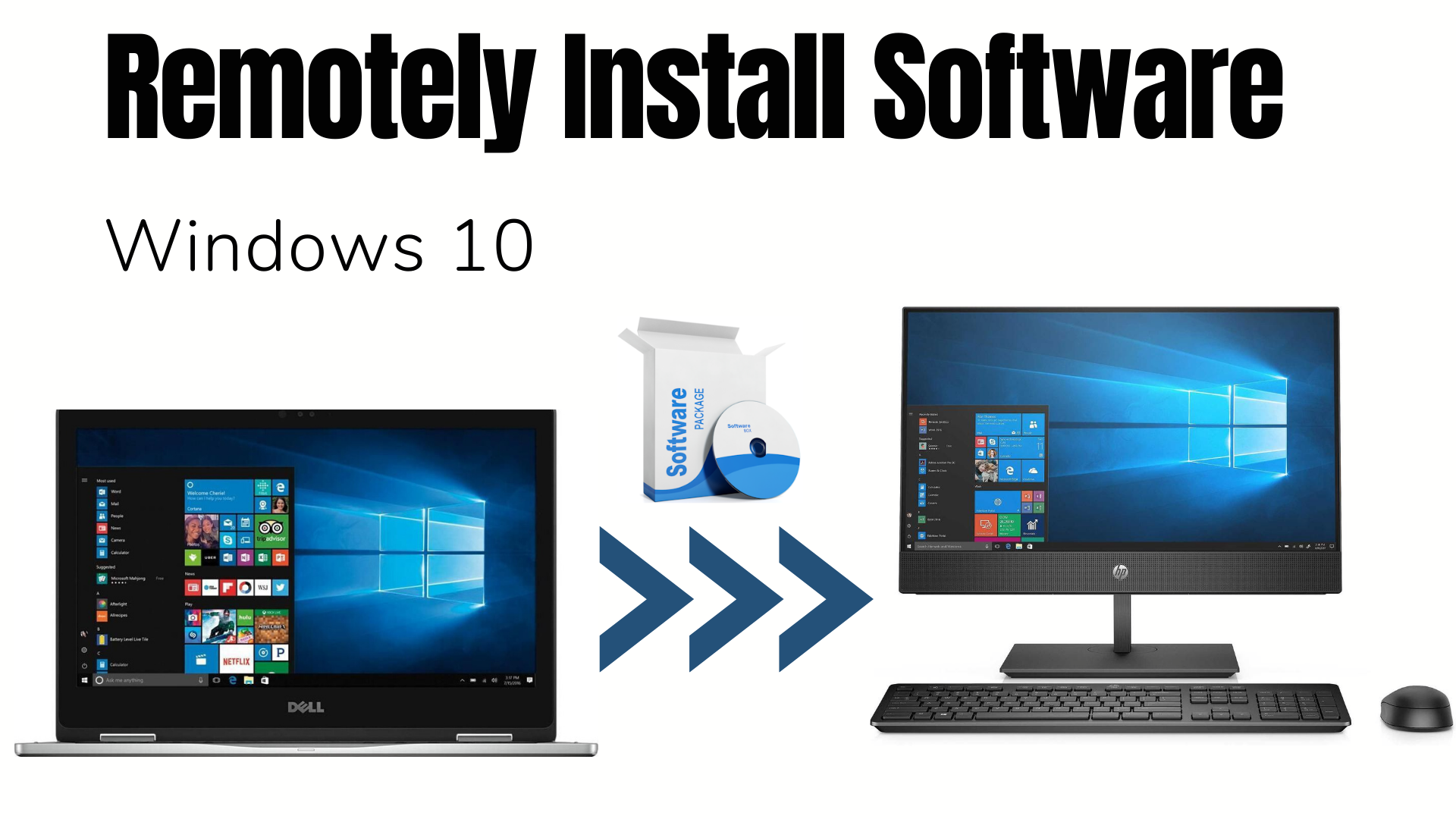

- Remote install msi software how to#
- Remote install msi software software#
- Remote install msi software windows 8#
- Remote install msi software windows#
If your system is 64-bit (圆4 architecture), you should install 64-bit version.
Remote install msi software windows#
If you run 32-bit version of Windows (x86 architecture), you can only install 32-bit version of TightVNC. The file names look like this (where is a version number): tightvnc setup-32bit.msi tightvnc setup-64bit.msi Choose the one matching your system type.

Choosing the Right Package First of all, we need to say that there are two MSI packages of TightVNC, 64-bit and 32-bit. TightVNC uses very little disk space and can be used on systems with little main memory (RAM) so we don't list any minimal recommendations it should fit any system, provided that Windows itself works fine on it. Both x86 (32-bit) and 圆4 (64-bit) systems are supported.
Remote install msi software windows 8#
It works fine on Windows 7 and even on Beta version of Windows 8 (as available in summer 2012). TightVNC runs on any type of Windows, starting with Windows 2000 with the latest Service Pack. System Requirements System requirements are simple. Automated installation needs more explanation and this is what this document is about. Interactive installation is simple and does not differ from the standard way you install the software: open the MSI file in Explorer and follow the conventional installation wizard.
Remote install msi software software#
MSI format is used by the standard Windows Installer and allows installing software both interactively and in automated silent mode. Starting with version 2.5, TightVNC installer comes in the form of MSI packages. It seems like its creating a directory, but does not copy the file there fore it can not run it.1 TightVNC for Windows: Installing from MSI Packages TightVNC Version Copyright 2012 GlavSoft LLC. + FullyQualifiedErrorId : InvalidOperationException, + CategoryInfo : InvalidOperation: (:), InvalidOperationException This command cannot be run due to the error: The system cannot find the file specified. How ever when i run it my output is as follows. Invoke-Command –ComputerName $pc –ScriptBlock $softwareFolders = Get-ChildItem \\MEMBERSRV1\Software -DirectoryĬopy-Item –Path $sw.FullName -Destination \\$pc\c$\Windows\Temp -Force -Recurse With this, I can execute the command on each computer by using PowerShell to issue the remote command with the Invoke-Command cmdlet inside the loop. I'm going to assume each piece of software is an MSI file, the MSI is called install.msi, and each installs silently with the following syntax locally. We now need to execute the installer on each computer and pass it the correct arguments. This will create a C:\Windows\Temp\vnc and a C:\Windows\Temp\SomeClient folder on each computer. Get-ChildItem \\MEMBERSRV1\Software -Recurse | Copy-Item \\$pc\c$\Windows\Temp -Force $computers = Get-Content –Path C:\Computers.txt To do this, I'll use Copy-Item to copy each folder to a temporary location on each client. I prefer copying the entire folder (temporarily) to the client to remove any network hiccups that might occur during install. Next, we'll copy each of the software folders to each of the clients. I have three PCs I'd like to deploy software to, as you can see. Generate list of computers to target using Get-Content Here I have folders called SomeClient and vnc representing all the files necessary to install each piece of software. Next, you should have a shared folder on your network that contains one folder for each piece of software you'd like to deploy. This technique is still usable for computers in a workgroup but requires further tweaking to make WinRM work. I'm also going to assume that your computers are in a domain. For the super-quick way, just run 'winrm quickconfig' on each computer and it will do the rest. You'll need to ensure the appropriate firewall ports are open and that you have a WinRM listener configured on each computer. The next step will require PowerShell remoting. Regardless, test the install, get it working locally, and then you can look into deploying it remotely. Depending on the installer type, you're probably using Windows Installer, InstallShield, or perhaps some other homegrown installer.
Remote install msi software how to#
I'm going to assume you've already figured out how to install the software silently.

That's why I sometimes used good ol' PowerShell to do the job. SCCM is for large software deployments, and I always thought it was overkill for small deployments of fewer than a dozen computers. Software deployment is one of its features. SCCM is expensive it’s a huge product that does a lot of stuff. I come from a Microsoft System Center Configuration Manager (SCCM) background.


 0 kommentar(er)
0 kommentar(er)
